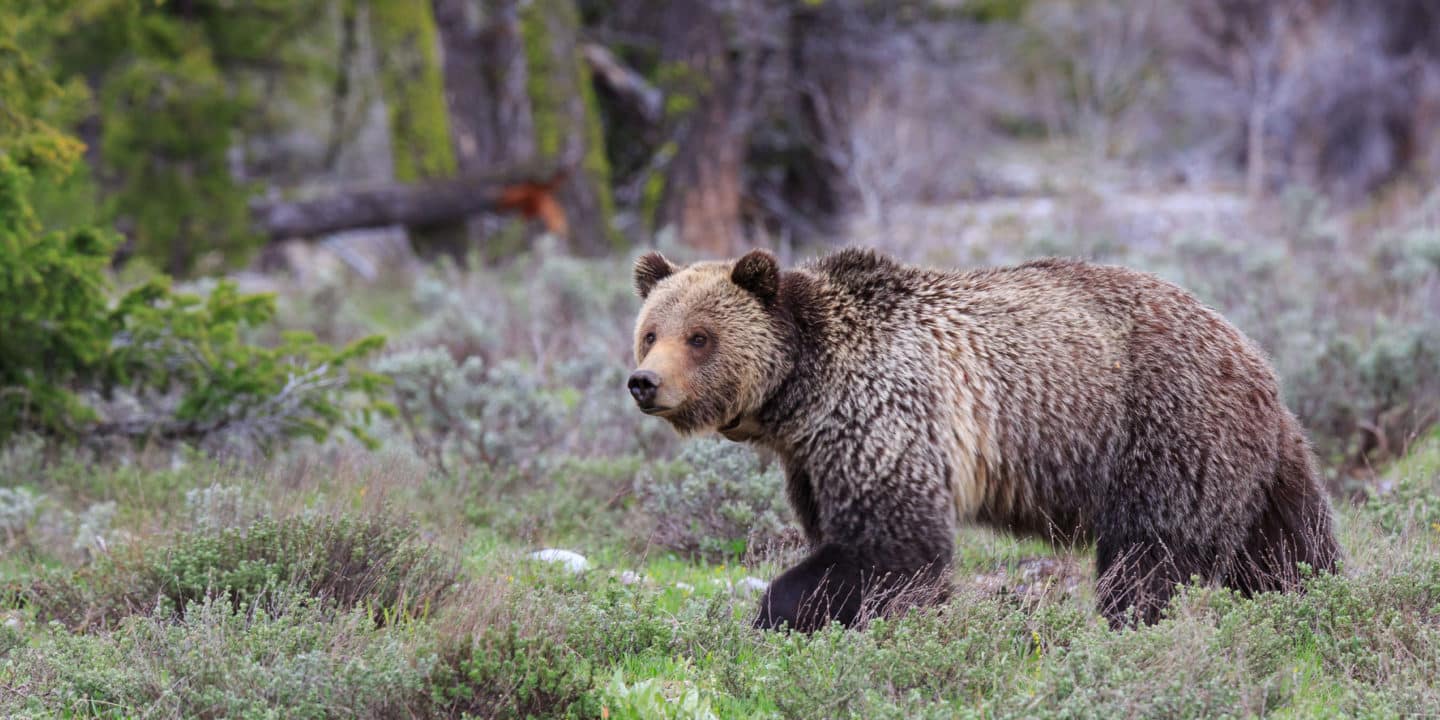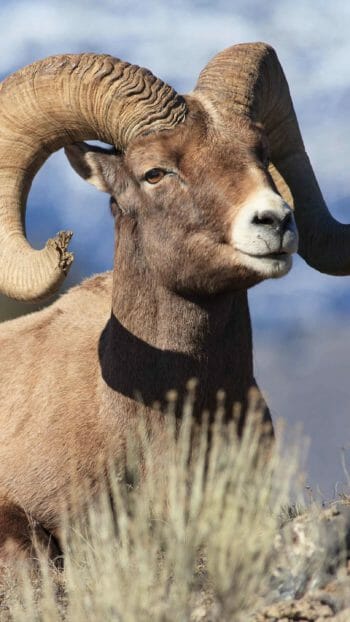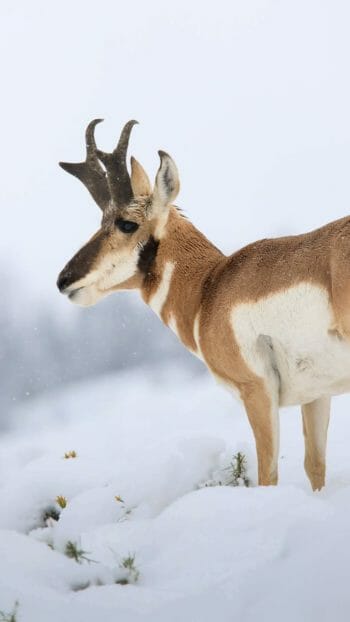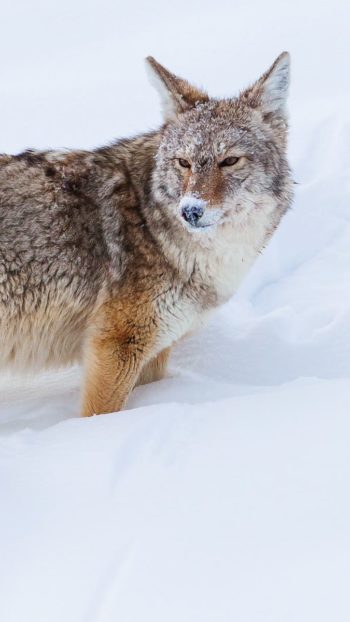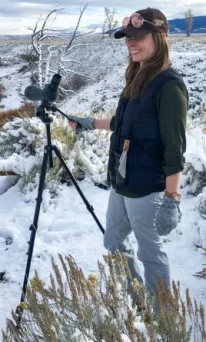Before human development, North America was a wild place. The gray wolf occupied two-thirds of the lower 48, while grizzly bears roamed the entire west coast and east into the Great Plains. When towns and cities began to sprout across the continent, the grizzly population plummeted to less than 1,000, reducing them to only 2% of their previous range. Wolves vanished from their range in the lower 48. Only a few were to be found in Michigan’s Isle Royale National Park and part of Minnesota. Settlers brought cattle with them and were exterminating predators to eliminate competition and protect their valuable livestock. Thanks to conservation efforts, the species were saved from extinction as protections were implemented to recover their numbers. Today, their populations are growing but they still occupy only fractions of their historic range. Thankfully, there is a place where people can go to see these animals and so many more thriving in their natural habitats: Yellowstone National Park.
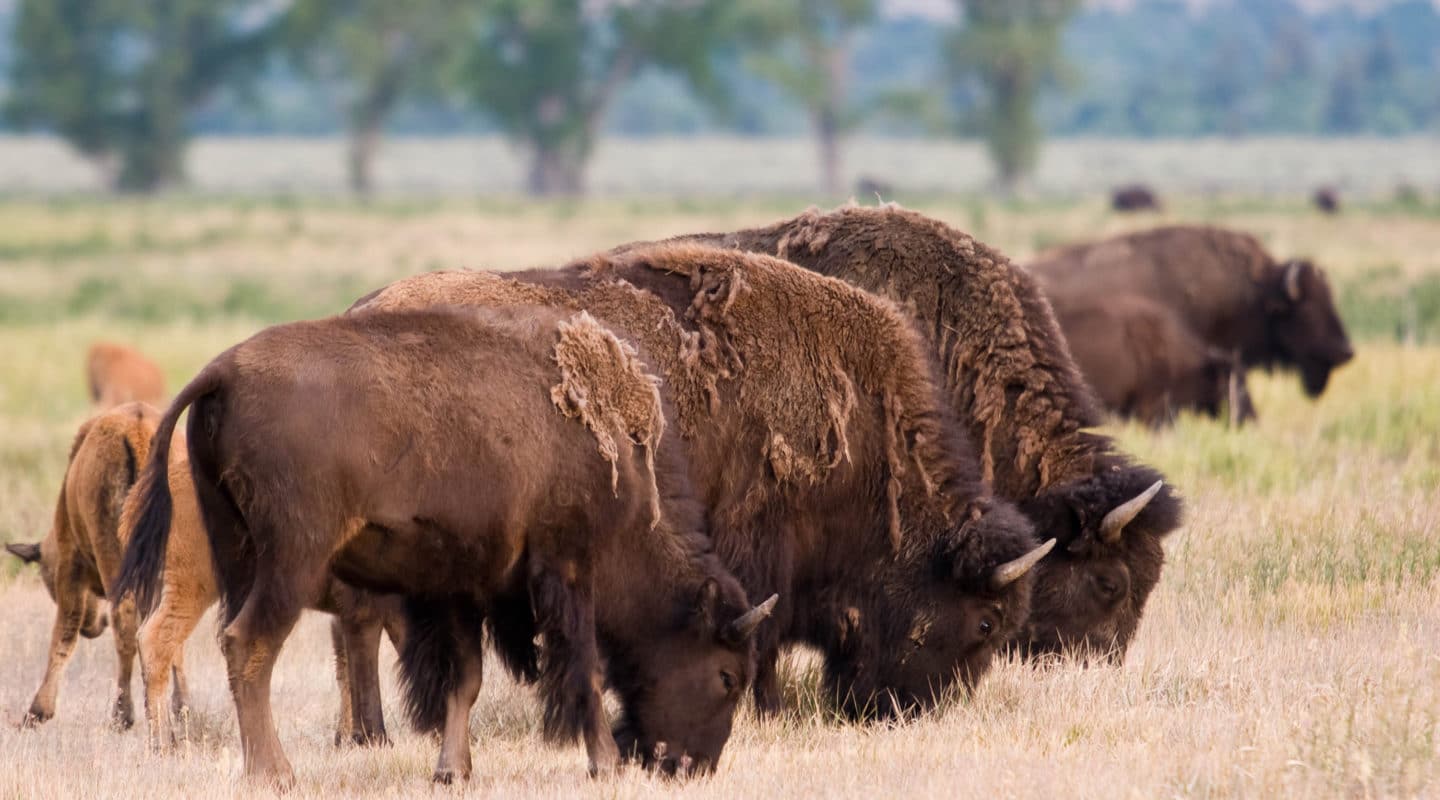
A Varied Landscape
Yellowstone is 2.2 million acres of woodland, sagebrush, canyons, mountains and unique geothermal features. This rich ecosystem provides for hundreds of species of wildlife, some which are considered endangered. With over 250 miles of roads meandering through the park, there are dozens of amazing regions to visit to look for these animals. The Grand Loop is the main road system which brings you full-circle through the southern and northern range of Yellowstone. You will see the majority of the park on this circuit, from Old Faithful, to Grand Prismatic, to Mammoth Hot Springs, to the Grand Canyon of Yellowstone. This loop takes you directly through Hayden valley which is a prime wildlife watching region. Bison spend their days grazing in the rolling sagebrush fields, and at times wolves can be spotted searching for hunting opportunities. For the best shot at spotting wolves, Lamar valley is the place to go. Located just off of the Grand Loop on the Northeast Entrance road, Lamar valley is home to two active and frequently visible wolf packs, as well as being home for bison, elk, moose and more. It is often affectionately called America’s Serengeti for the incredible wildlife activity that can be seen.
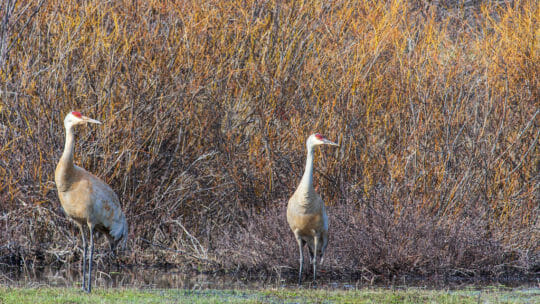
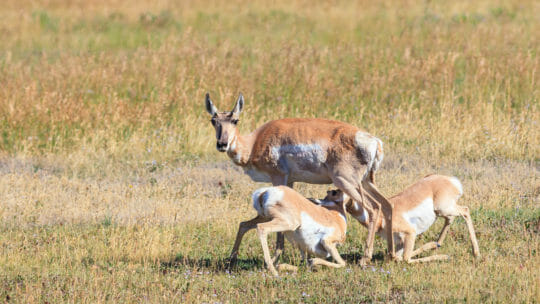
Wildlife: Summer Season
In the summer, both black bears and grizzly bears are foraging throughout the park. Bison graze under the hot sun and undergo their annual rut in July and August. Elk are scattered about the landscape, a frequent pleasure to stumble upon. Their own rut in September is a spectacle not to be missed and is particularly entertaining in Mammoth on the northern end of the Grand Loop. Eagles own the skies and great blue herons decorate the wetlands. Coyotes, badgers, and foxes are not as common but are always a treat to come across. Moose are also rare in Yellowstone but can be found in certain areas, often chest deep in shallow water munching on pondweed. Ground squirrels and marmots remind you of the smaller lives lived in this diverse ecosystem. By booking a tour with Yellowstone Safari Company, you can relax knowing that your guide is in the know for the best spots to visit to look for particular species.
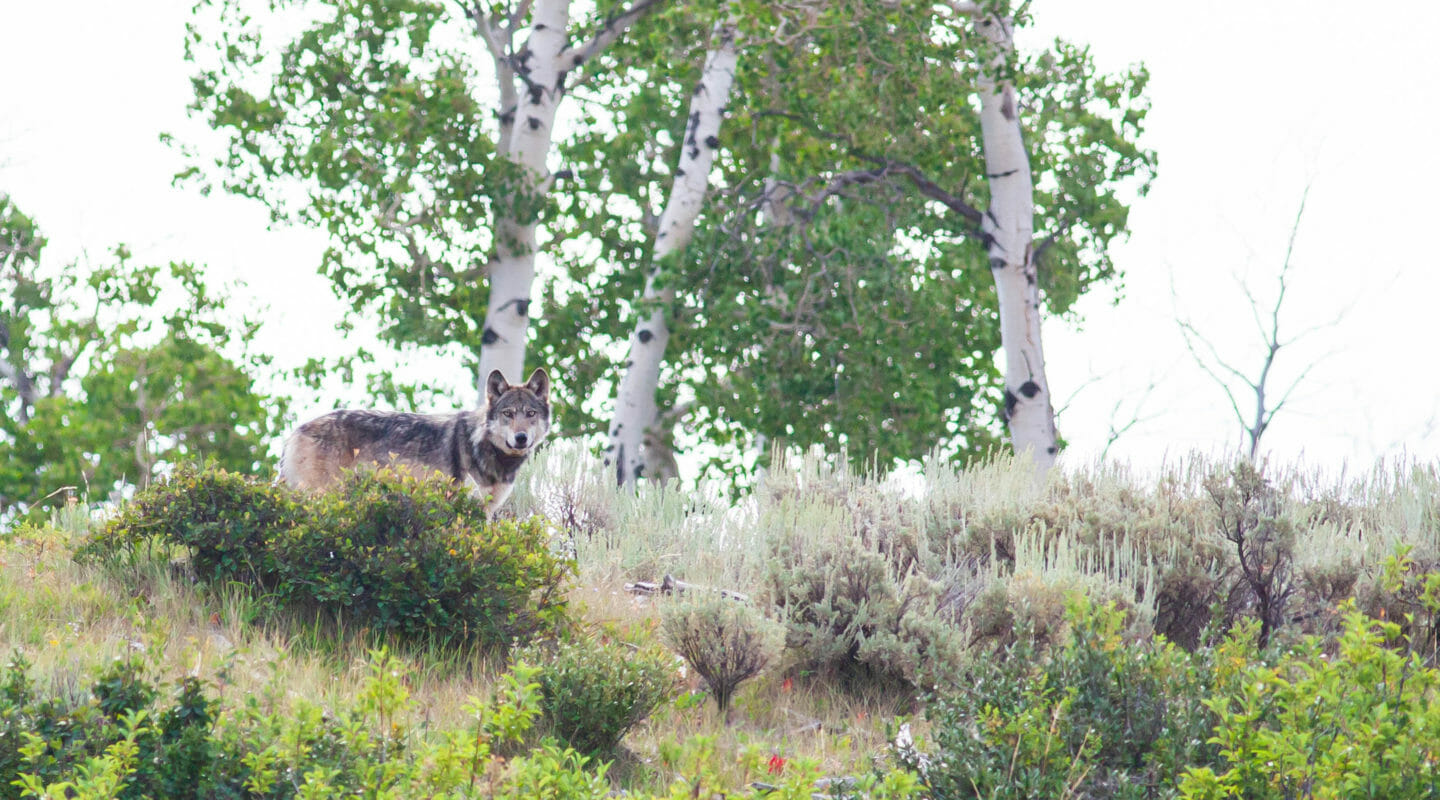
Wildlife: Winter Season
In winter, the park transforms. Visitation slows down and most roads close to personal vehicles. With only a small fraction of visitors compared to the summer season, you will enjoy a more intimate experience in this beautiful space with a chance to witness the wildlife in an element most people never see. The bears vanish from the landscape as they enter hibernation for the season. Many elk, antelope, and mule deer migrate south. Some bison migrate to lower elevations also, but many stay in the park and persevere in the extreme temperatures and weather. The wolves are the ones that amp up when the snow moves in. They take advantage of the elk and bison as they are weakened through the winter and can be spotted much easier on the snow coated hills. Bighorn sheep are a winter thrill. Usually only visible in the far distance high up on cliff sides during the summer, they come down to lower, flatter areas in the winter making them much easier for us to watch.
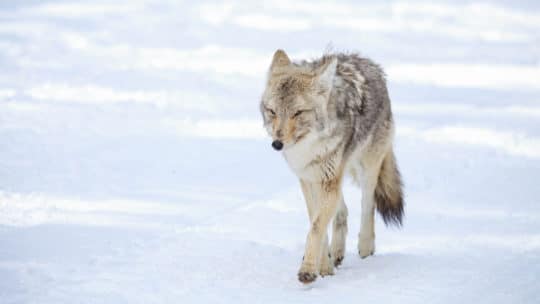
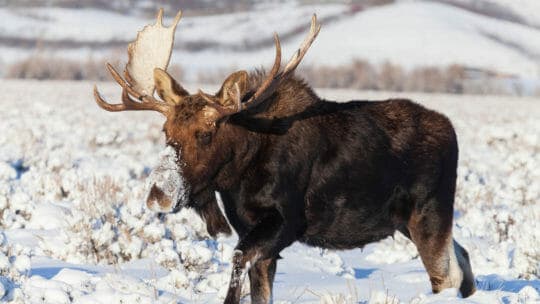
Best Way to View Wildlife
By booking a tour with Yellowstone Safari Company, you can guarantee that your guide knows where to go and where to look for the best chances for wildlife sightings. You can make sure that you maximize your time with a Yellowstone wildlife safari by taking the guesswork out of things. You can also ensure that you are viewing wildlife in a safe and ethical manner. The national parks come with a lot of rules, and being around wild animals isn’t something that everyone is accustomed to. Your guide knows all the rules and the best ways to view these animals without stressing them or putting them (or you) in danger. With our high quality binoculars provided to each guest, and our high powered spotting scopes, you can keep your distance while still getting the thrill of observing wild animals in their natural habitats through our optics!
Yellowstone winter wildlife safaris are a wonderful choice for the winter season, and multi-day trips are an excellent way to immerse yourself in the park! Relax knowing that you have the time to take everything in without rushing, and allow your knowledgeable and experienced guide take the reins while you stay cozy and comfortable. If you’re looking to step out of your comfort zone, try a snowshoe safari! Step into the wilds and away from the vehicle to experience a quieter, more intimate park experience. See tracks in the snow of animals that have passed through before you, and enjoy being a part of the wilderness.
There are so many ways to enjoy this remarkable park. We will work with you to find the right activity that works effortlessly with your plans to make sure you get the most out of your visit!

